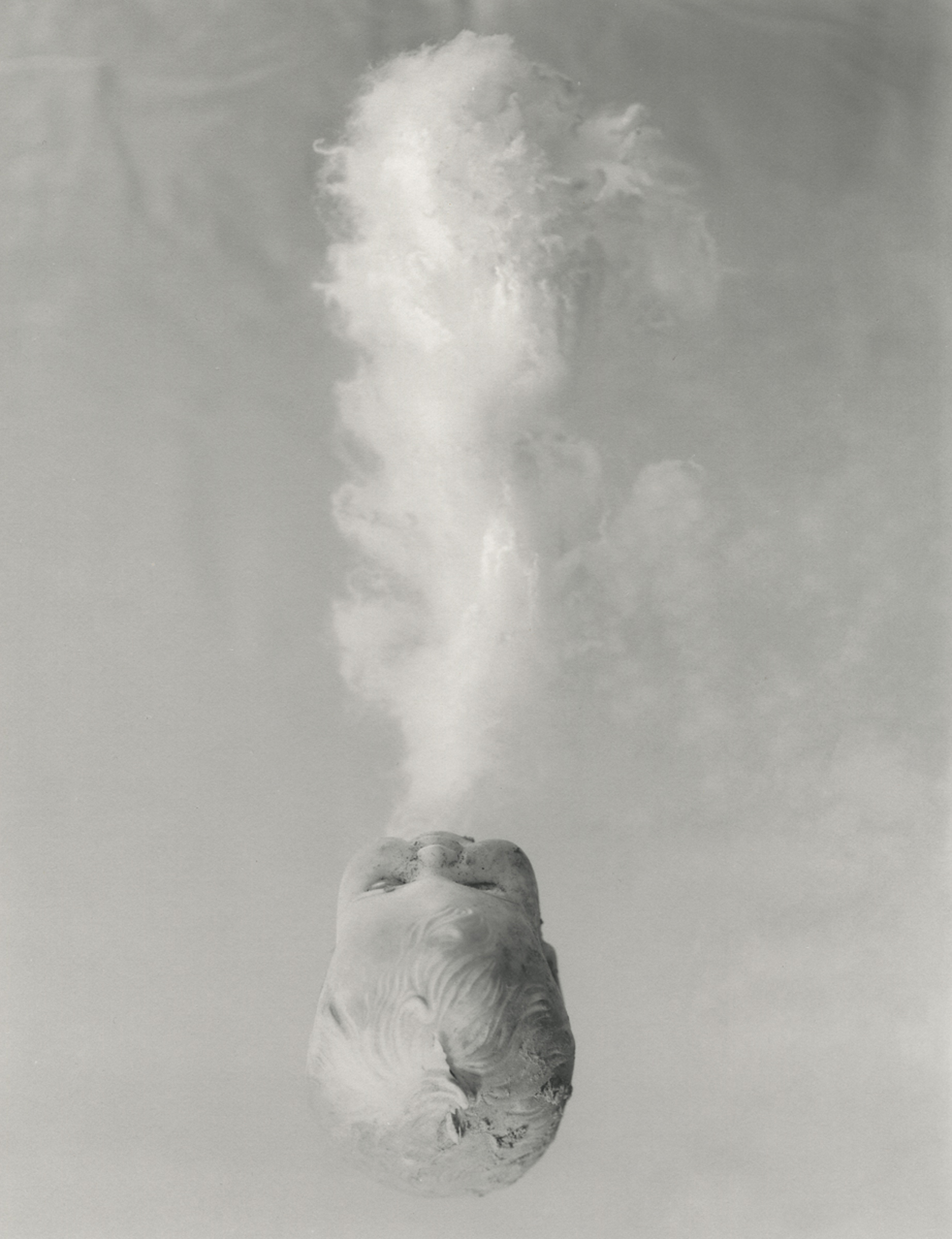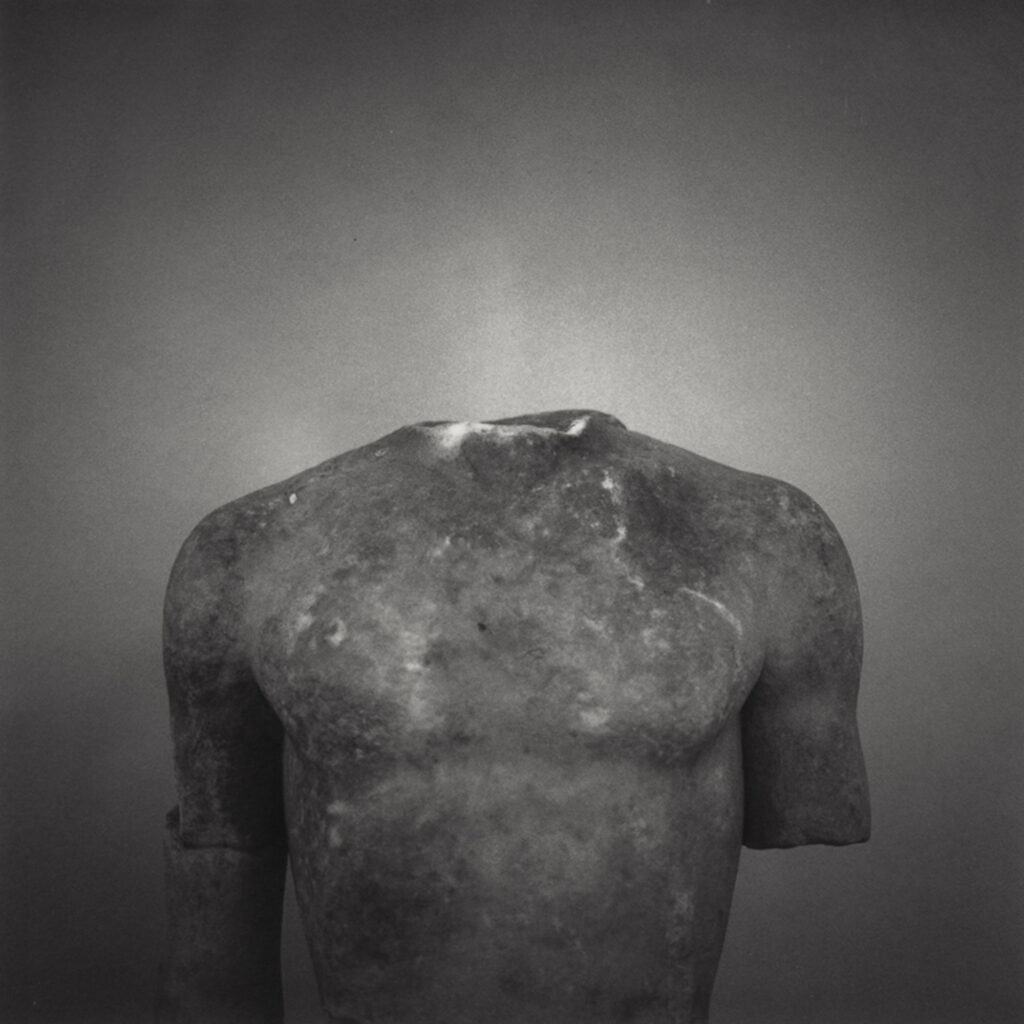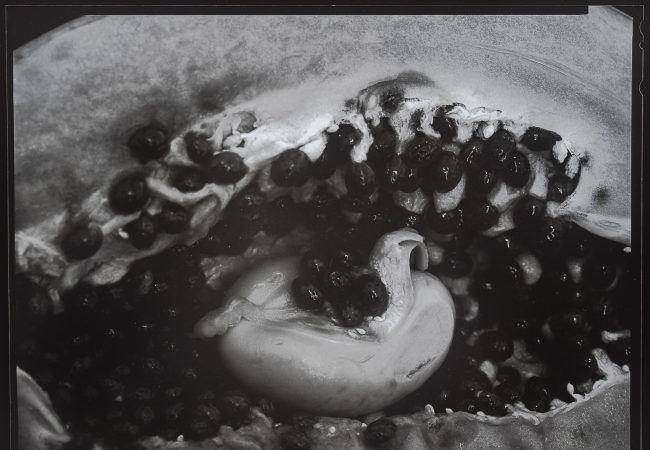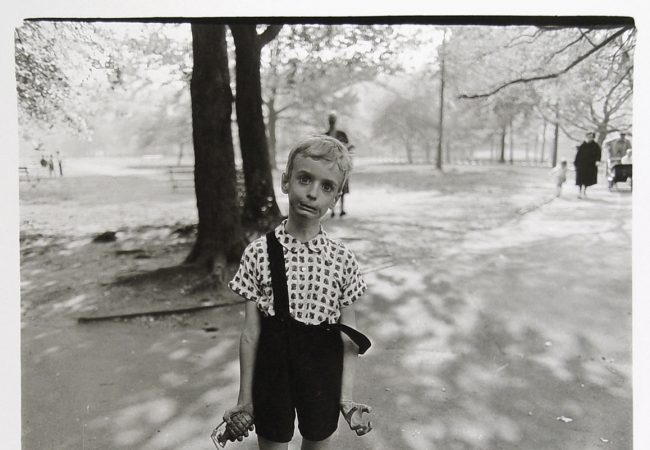
Exhibition: Magic by Pradip Malde
Platinum Palladium prints.
Pradip Malde is a photographer and professor at the University of the South Sewanee, in the USA, where he is the co-director of the Haiti Institute. Much of his work considers the experience of loss and how it serves as a catalyst for regeneration. He is currently working in rural communities in Haiti, Tanzania and Tennessee, designing models for community development through photography.
His works are held in the collections of Museum of the Art Institute, Chicago; Princeton University Museum; Victoria & Albert Museum, London, Yale University Museum and the Scottish National Portrait Gallery, Edinburgh, among others. He is a 2018 Guggenheim Fellow, for which Malde compled work and is preparing a book of photographs about female genital cutting, that “looks askance at the explicit but, with widened eyes, directly at loss and sacrifice”.
Malde was born in Arusha, Tanzania in 1957. His parents were the children of Indians who emigrated to East Africa but had to flee from the turmoil that spread through that region in the 1970s. Concerned about loss and belonging since then, he has come to think of artifacts as membranes, where what may be explicit and immutable begins to lead us into the realms of memory and meaning, and ultimately, understanding the experiences of others.

“I am concerned about the collision between our understanding and experiences of the individual versus the citizen, and how one can subsume the other. Thus, I have made work about emotional dissolution and departure, about socio-political ‘underdevelopment’, and about loss and belonging.This breadth of concerns is expressed by a variety of approaches. I believe in a well crafted expression. I generate work with equipment ranging from mobile phone to large format 11 × 14 cameras, and large installations to small prints in platinum and palladium. Past projects have been shown as books, exhibitions, and presented as part of community discussions about policy. I am designing and implementing methods that use photography as a tool for building community in Tanzania, Haiti and Jamaica, as well as in my residence state of Tennessee. While it may seem outdated, I cling to the radical feminist slogan of the personal being political: I believe that art-making stands to put into a shared place our most personal attitudes and most enduring concerns, and in doing so, is essentially a social practice. I am less concerned with (but can never reject) art as a self-expressive practice and more interested by the way it helps create bonds and connections.” Pradip Malde.
What’s in a name?
Prints from the two precious metals may be made with platinum, palladium or a mixture of both. We propose, and will use the term ‘platinum/palladium’ as a way of denoting all of these recipes.
The hyphenated form, ‘platinum-palladium’ is understood to describe a print made from a combined recipe of platinum and palladium salts, where the greater portion of metal in the finished print is platinum or platinum and palladium are present in almost equal amounts. By this logic, prints where palladium is the predominant ingredient should be called palladium-platinum.
Most contemporary prints made with a combined recipe are rendered from a predominance of palladium and should, strictly speaking, be described as suggested here. We also refer to prints made with platinum or palladium as ‘Platinotype’ and ‘Palladiotype’ or when combined, as platino-palladiotypes. etc. Finally, the chemical symbols for platinum and palladium are Pt and Pd respectively, and we occasionally use these as a shorthand for the full names.
platinum print or platinotype = a print made with just platinum sensitizer
palladium print or palladiotype = a print made with just palladium sensitizer
platinum-palladium print or platino-palladiotype = a print made with equal volumes of platinum and palladium sensitizer or a greater amount of platinum sensitizer than palladium sensitizer
palladium-platinum print or palladio-platinotype = a print made with a greater amount of palladium sensitizer than platinum sensitizer
platinum/palladium print or platino/palladiotype = a general way of referring to all of these recipes.
Overview
Platinotype was invented by William Willis of Bromley in 1873; by 1892 it became the pre-eminent printing process for artistic photography. In 1916, the First World War imposed a ban on this use of platinum, so Willis devised Palladiotype as a substitute, but platinum paper made a come-back in 1920, surviving until Willis’s Platinotype Company was finally dissolved in 1937. For the next 40 years both processes fell into disuse, until revived in the alternative photography renaissance of the 1970-80s.
In recent years platinum-palladium printing has regained its place at the summit of alternative photographic practice, renowned for the subtly nuanced tonal qualities of its images, formed by totally permanent ‘noble’ metals in the matte surface of artists’ paper. Willis’s traditional platinotype and palladiotype were development processes, and capable of beautiful results in skilled hands, but they suffered from some chemical inconsistencies. The method described here employs a better-behaved iron sensitizer, derived from the ‘print-out’ platinum process due to Giuseppe Pizzighelli in 1887.
This modernized version has some advantages in economy, accessible chemistry, and exposure control. Using the procedures described in these notes, platinum or palladium may be used individually, or mixed in any proportion, providing a choice of the image hue between neutral grey-black and rich sepia. A controlled degree of humidity is allowed in the sensitized paper to promote the formation of a printed-out image in platinum/palladium during the exposure, requiring little or no development. A carefully-devised clearing sequence ensures that all the iron is removed from the paper.
Gold Street Studios & Gallery. Trentham East. Victoria until 22 August 2021.



